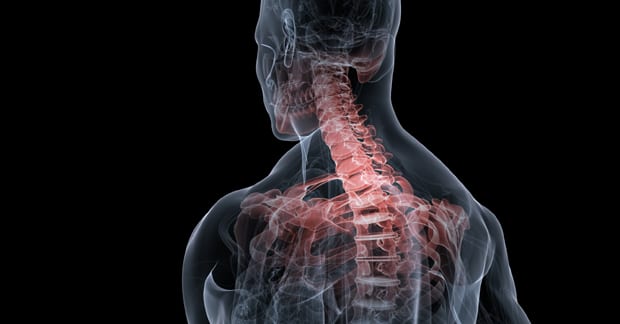Over the decades, we have come to expect that a pain or tingling in the hand and wrist means there is a local injury in the area. However, people can also develop wrist and hand symptoms that mimic carpal tunnel syndrome (CTS) following a whiplash injury or sprain/strain of the neck. These patients may not have any trauma at all to the wrist and hand area but have severe hand pain. Why does this occur?
Because your body is interconnected with joints and nerves, symptoms often occur at another location from that of the actual problem. We have doctors of the feet, the eyes, and various other body parts. These types of specialists, while often good at addressing specific problems, can sometimes miss diagnoses that are complex and involve multiple body systems.
More and more research has shown this to be the case in carpal tunnel patients. In a 2006 study, investigators reviewed MRIs, X-Rays, and nerve tests taken from patients with diagnosed CTS, patients with a neck issue that referred pain into the wrist and hand, and people with no hand or wrist symptoms at all to serve as controls. The x-rays revealed degeneration of the disks in the neck in both the CTS patients and the referred pain patients.
This study showed that patients with carpal tunnel syndrome may also have degenerative changes in the neck that have the potential to impair nerve function and can contribute to the patient's symptoms. Seeing a doctor of chiropractic to make sure that your wrist and neck is properly examined is key to proper diagnosis. Without proper assessments, treatments are often unsuccessful, especially surgery. Before embarking on the more invasive option of surgery, consider conservative chiropractic care. If the problem in your wrist is more a problem in your neck, specific wrist treatments will be ineffective.




